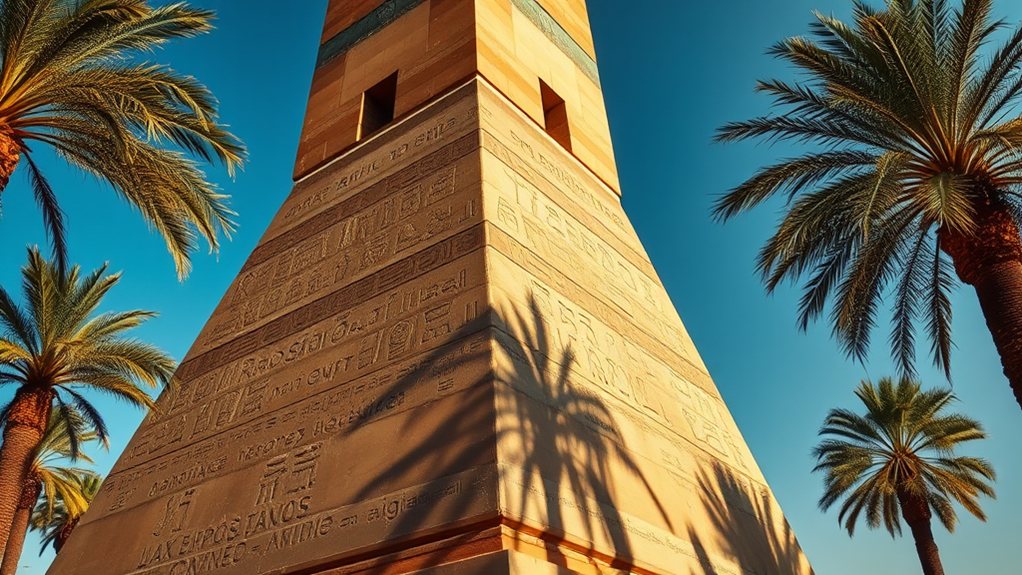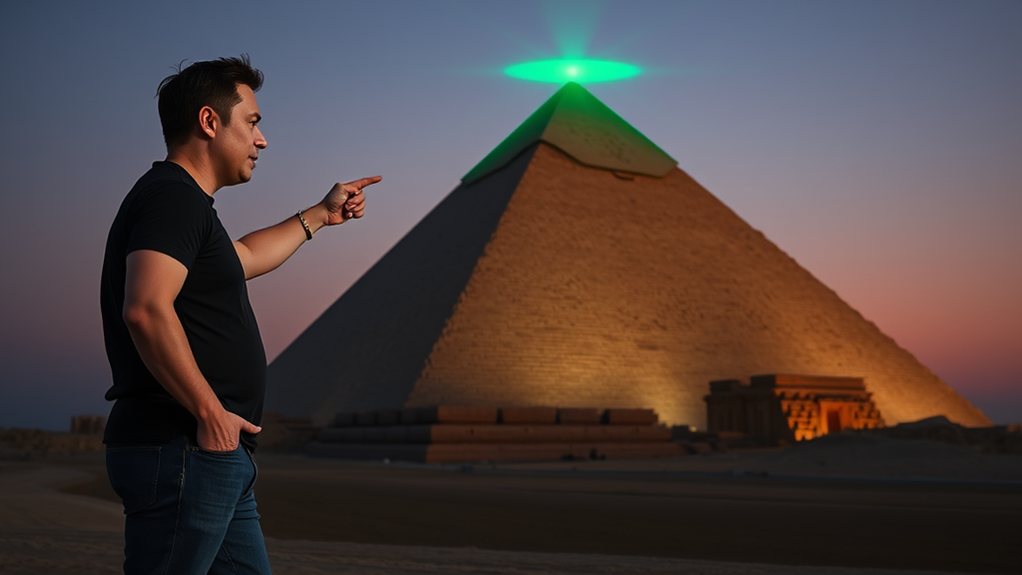
Hidden messages on the Luxor Obelisk have caught the attention of Egyptologists and history enthusiasts alike. Egyptologist Jean-Guillaume Olette-Pelletier recently made a captivating discovery while examining the obelisk. He found messages that had been hidden within hieroglyphs, which he calls crypto-hieroglyphs. These hidden messages were previously unnoticed, even after centuries of study. Olette-Pelletier accessed the upper parts of the obelisk using temporary scaffolding, allowing him to uncover these secrets.
The Luxor Obelisk is around 3,300 years old, carved from stone, and originally constructed during the reign of Ramses II, one of ancient Egypt‘s most famous pharaohs. This monumental structure was gifted to France by the viceroy of Egypt in 1830 and has stood in the Place de la Concorde in Paris for nearly 200 years. Despite many experts studying it, the hidden messages had eluded discovery until now.
The content of these messages talks about the power and victories of Ramses II. They reflect the propaganda used during his reign, showcasing the might of the pharaoh. Notably, these messages can only be interpreted from a specific angle, indicating the sophistication of ancient Egyptian writing. This discovery opens up new possibilities for understanding ancient Egyptian culture and history.
The implications for Egyptology are significant. This finding might change how experts evaluate Egyptian writing in the future. It suggests that there could be more hidden messages in other ancient monuments and texts. The complexity of these crypto-hieroglyphs highlights the cleverness of ancient Egyptian writing techniques. It raises questions about how ancient Egyptians documented their history.
Public and expert reactions have been enthusiastic. Many people express curiosity and humor about these hidden messages. Some believe this discovery will greatly impact the field of Egyptology. Discussions are already underway about the potential for more undiscovered writings in ancient texts, sparking excitement for future research.






